
How to Group By Hour in MySQL
November 13, 2023
Grouping data by hour in MySQL involves extracting the hour part from a datetime or timestamp column and using it in a GROUP BY clause. This technique is commonly used in time series data analysis, allowing you to aggregate data based on hourly intervals.
Understanding the HOUR function
MySQL's HOUR() function extracts the hour from a time value. It's crucial in grouping data by hour. Here's a basic syntax:
SELECT HOUR(time_column) AS hour FROM your_table;
Simple hourly grouping
To group records by hour, use the HOUR() function within the GROUP BY clause. This approach aggregates data for each hour of the day (0-23).
SELECT HOUR(datetime_column) AS hour, COUNT(*) FROM your_table GROUP BY HOUR(datetime_column);
Grouping by date and hour
When dealing with timestamps, you often need to group by both the date and the hour to avoid mixing data from different days.
SELECT DATE(datetime_column) AS date, HOUR(datetime_column) AS hour, COUNT(*) FROM your_table GROUP BY DATE(datetime_column), HOUR(datetime_column);
You could ship faster.
Imagine the time you'd save if you never had to build another internal tool, write a SQL report, or manage another admin panel again. Basedash is built by internal tool builders, for internal tool builders. Our mission is to change the way developers work, so you can focus on building your product.
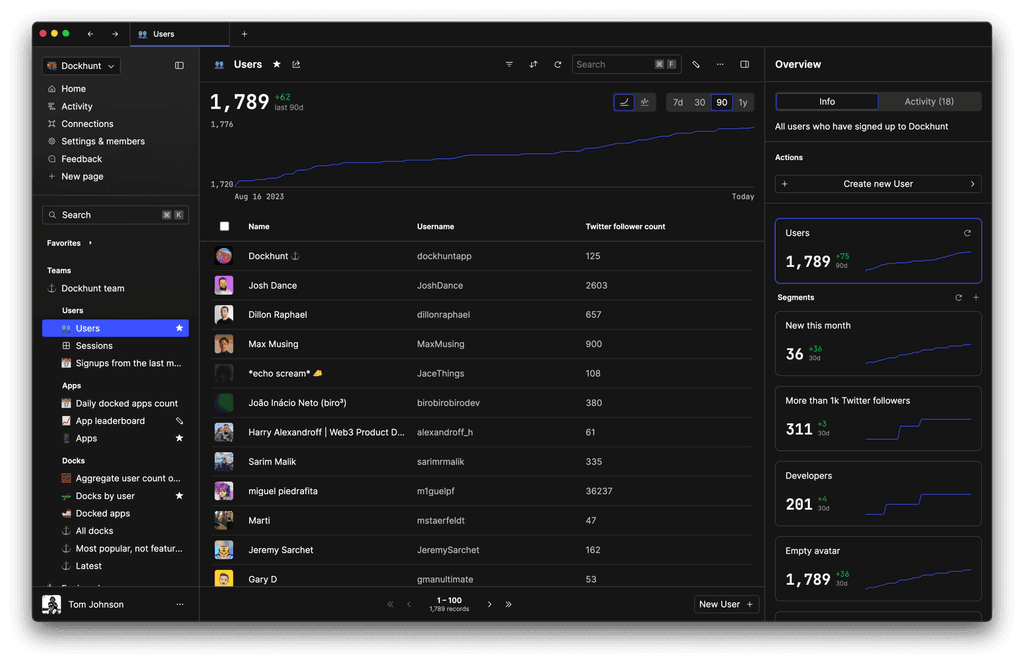
Handling time zones
If your data involves different time zones, convert the datetime to a consistent time zone before grouping.
SELECT CONVERT_TZ(datetime_column, '+00:00', your_timezone) AS converted_time FROM your_table;
Then, use converted_time for grouping.
Aggregating results
Combine the GROUP BY clause with aggregate functions like SUM(), AVG(), or COUNT() to summarize data.
SELECT HOUR(datetime_column) AS hour, SUM(value_column) FROM your_table GROUP BY HOUR(datetime_column);
Advanced usage with date ranges
For more complex scenarios, such as filtering within specific date ranges, combine WHERE with GROUP BY.
SELECT HOUR(datetime_column) AS hour, COUNT(*) FROM your_table WHERE datetime_column BETWEEN '2023-01-01' AND '2023-01-31' GROUP BY HOUR(datetime_column);
Visualizing results
After grouping and aggregating data, you may want to visualize the results. Tools like Basedash can help with this. You can generate charts and dashboards from your data, making it easier to interpret the grouped data.
TOC
November 13, 2023
Grouping data by hour in MySQL involves extracting the hour part from a datetime or timestamp column and using it in a GROUP BY clause. This technique is commonly used in time series data analysis, allowing you to aggregate data based on hourly intervals.
Understanding the HOUR function
MySQL's HOUR() function extracts the hour from a time value. It's crucial in grouping data by hour. Here's a basic syntax:
SELECT HOUR(time_column) AS hour FROM your_table;
Simple hourly grouping
To group records by hour, use the HOUR() function within the GROUP BY clause. This approach aggregates data for each hour of the day (0-23).
SELECT HOUR(datetime_column) AS hour, COUNT(*) FROM your_table GROUP BY HOUR(datetime_column);
Grouping by date and hour
When dealing with timestamps, you often need to group by both the date and the hour to avoid mixing data from different days.
SELECT DATE(datetime_column) AS date, HOUR(datetime_column) AS hour, COUNT(*) FROM your_table GROUP BY DATE(datetime_column), HOUR(datetime_column);
You could ship faster.
Imagine the time you'd save if you never had to build another internal tool, write a SQL report, or manage another admin panel again. Basedash is built by internal tool builders, for internal tool builders. Our mission is to change the way developers work, so you can focus on building your product.

Handling time zones
If your data involves different time zones, convert the datetime to a consistent time zone before grouping.
SELECT CONVERT_TZ(datetime_column, '+00:00', your_timezone) AS converted_time FROM your_table;
Then, use converted_time for grouping.
Aggregating results
Combine the GROUP BY clause with aggregate functions like SUM(), AVG(), or COUNT() to summarize data.
SELECT HOUR(datetime_column) AS hour, SUM(value_column) FROM your_table GROUP BY HOUR(datetime_column);
Advanced usage with date ranges
For more complex scenarios, such as filtering within specific date ranges, combine WHERE with GROUP BY.
SELECT HOUR(datetime_column) AS hour, COUNT(*) FROM your_table WHERE datetime_column BETWEEN '2023-01-01' AND '2023-01-31' GROUP BY HOUR(datetime_column);
Visualizing results
After grouping and aggregating data, you may want to visualize the results. Tools like Basedash can help with this. You can generate charts and dashboards from your data, making it easier to interpret the grouped data.
November 13, 2023
Grouping data by hour in MySQL involves extracting the hour part from a datetime or timestamp column and using it in a GROUP BY clause. This technique is commonly used in time series data analysis, allowing you to aggregate data based on hourly intervals.
Understanding the HOUR function
MySQL's HOUR() function extracts the hour from a time value. It's crucial in grouping data by hour. Here's a basic syntax:
SELECT HOUR(time_column) AS hour FROM your_table;
Simple hourly grouping
To group records by hour, use the HOUR() function within the GROUP BY clause. This approach aggregates data for each hour of the day (0-23).
SELECT HOUR(datetime_column) AS hour, COUNT(*) FROM your_table GROUP BY HOUR(datetime_column);
Grouping by date and hour
When dealing with timestamps, you often need to group by both the date and the hour to avoid mixing data from different days.
SELECT DATE(datetime_column) AS date, HOUR(datetime_column) AS hour, COUNT(*) FROM your_table GROUP BY DATE(datetime_column), HOUR(datetime_column);
You could ship faster.
Imagine the time you'd save if you never had to build another internal tool, write a SQL report, or manage another admin panel again. Basedash is built by internal tool builders, for internal tool builders. Our mission is to change the way developers work, so you can focus on building your product.

Handling time zones
If your data involves different time zones, convert the datetime to a consistent time zone before grouping.
SELECT CONVERT_TZ(datetime_column, '+00:00', your_timezone) AS converted_time FROM your_table;
Then, use converted_time for grouping.
Aggregating results
Combine the GROUP BY clause with aggregate functions like SUM(), AVG(), or COUNT() to summarize data.
SELECT HOUR(datetime_column) AS hour, SUM(value_column) FROM your_table GROUP BY HOUR(datetime_column);
Advanced usage with date ranges
For more complex scenarios, such as filtering within specific date ranges, combine WHERE with GROUP BY.
SELECT HOUR(datetime_column) AS hour, COUNT(*) FROM your_table WHERE datetime_column BETWEEN '2023-01-01' AND '2023-01-31' GROUP BY HOUR(datetime_column);
Visualizing results
After grouping and aggregating data, you may want to visualize the results. Tools like Basedash can help with this. You can generate charts and dashboards from your data, making it easier to interpret the grouped data.
What is Basedash?
What is Basedash?
What is Basedash?
Basedash is the best MySQL admin panel
Basedash is the best MySQL admin panel
Basedash is the best MySQL admin panel
If you're building with MySQL, you need Basedash. It gives you an instantly generated admin panel to understand, query, build dashboards, edit, and share access to your data.
If you're building with MySQL, you need Basedash. It gives you an instantly generated admin panel to understand, query, build dashboards, edit, and share access to your data.
If you're building with MySQL, you need Basedash. It gives you an instantly generated admin panel to understand, query, build dashboards, edit, and share access to your data.
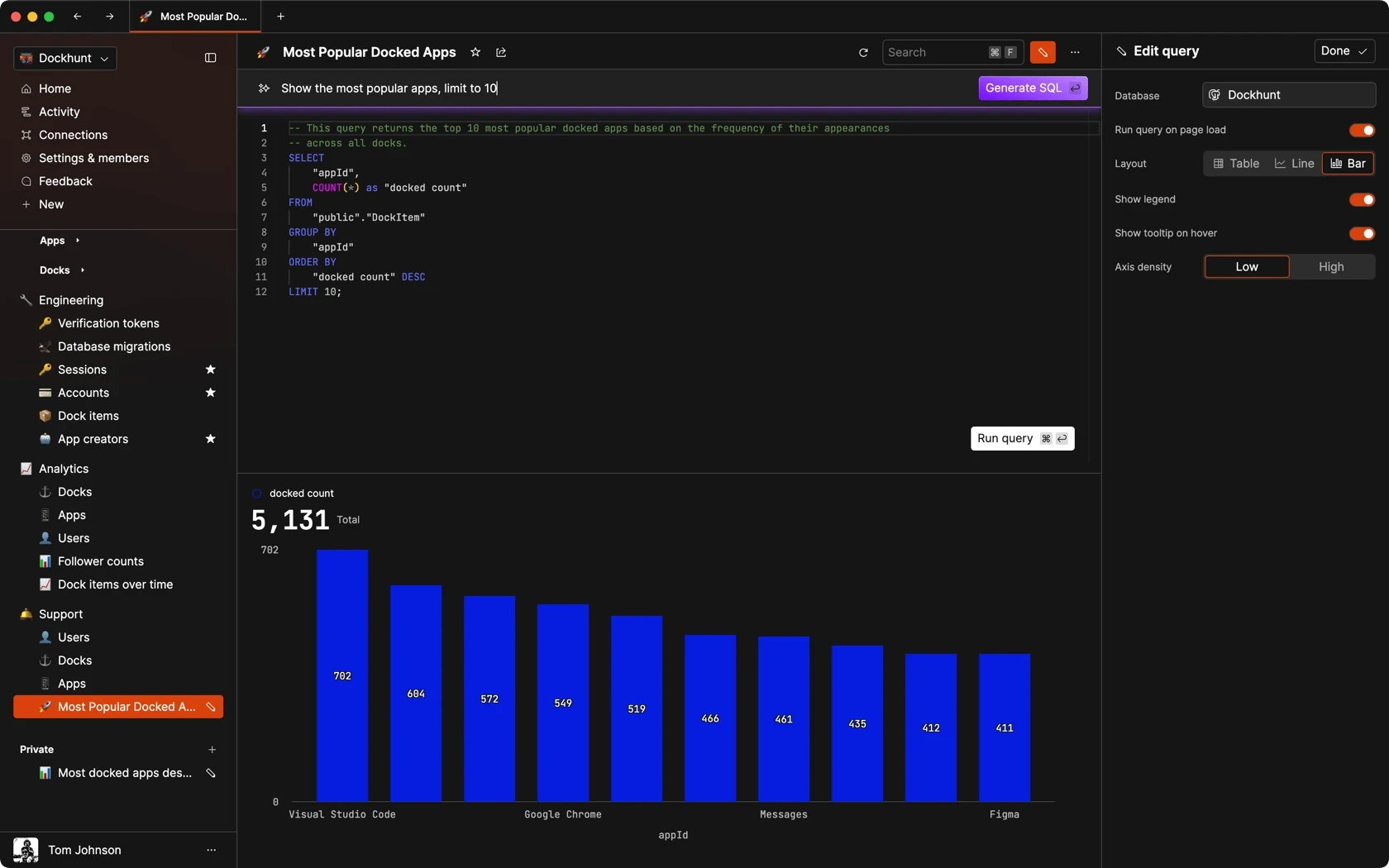
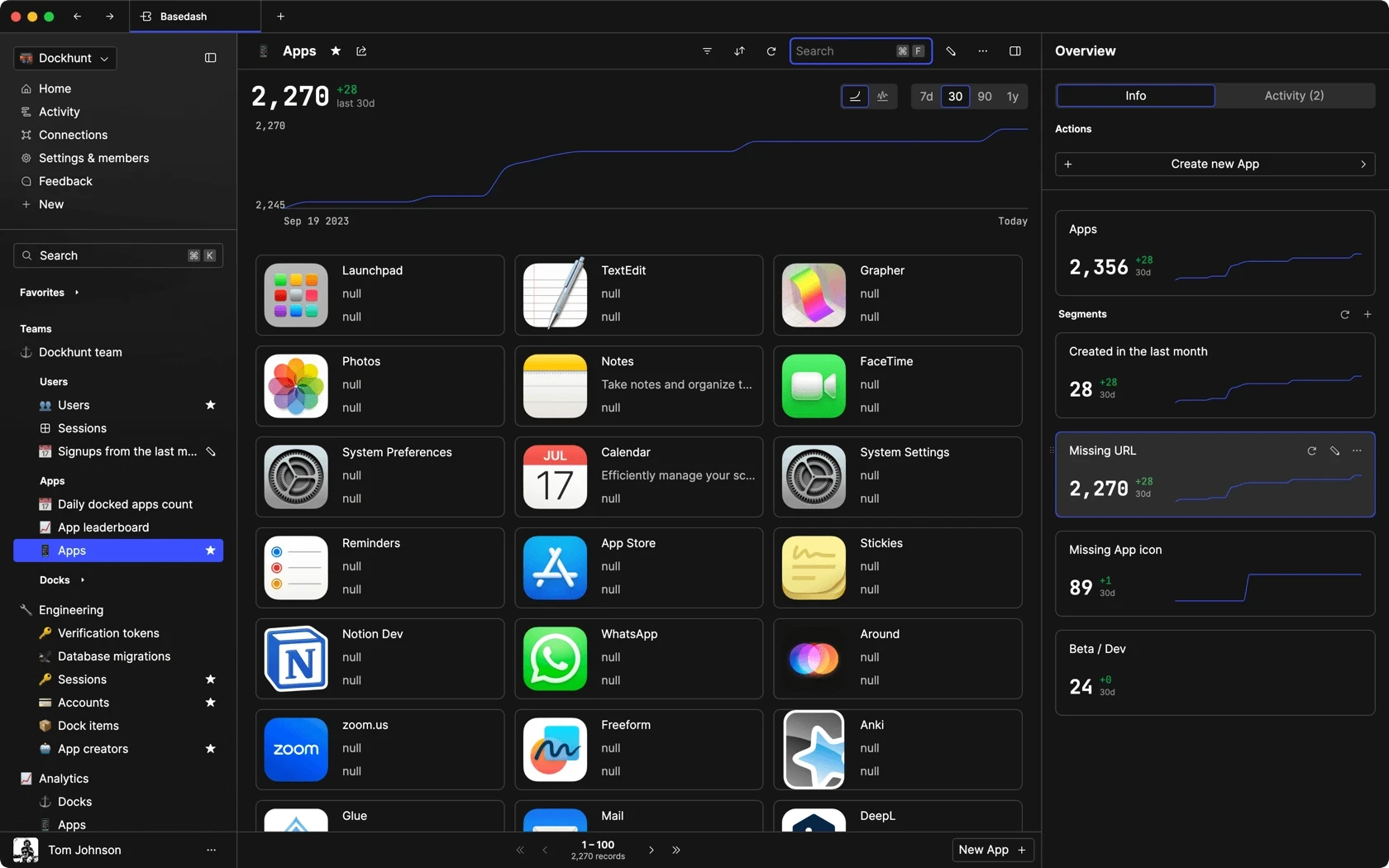
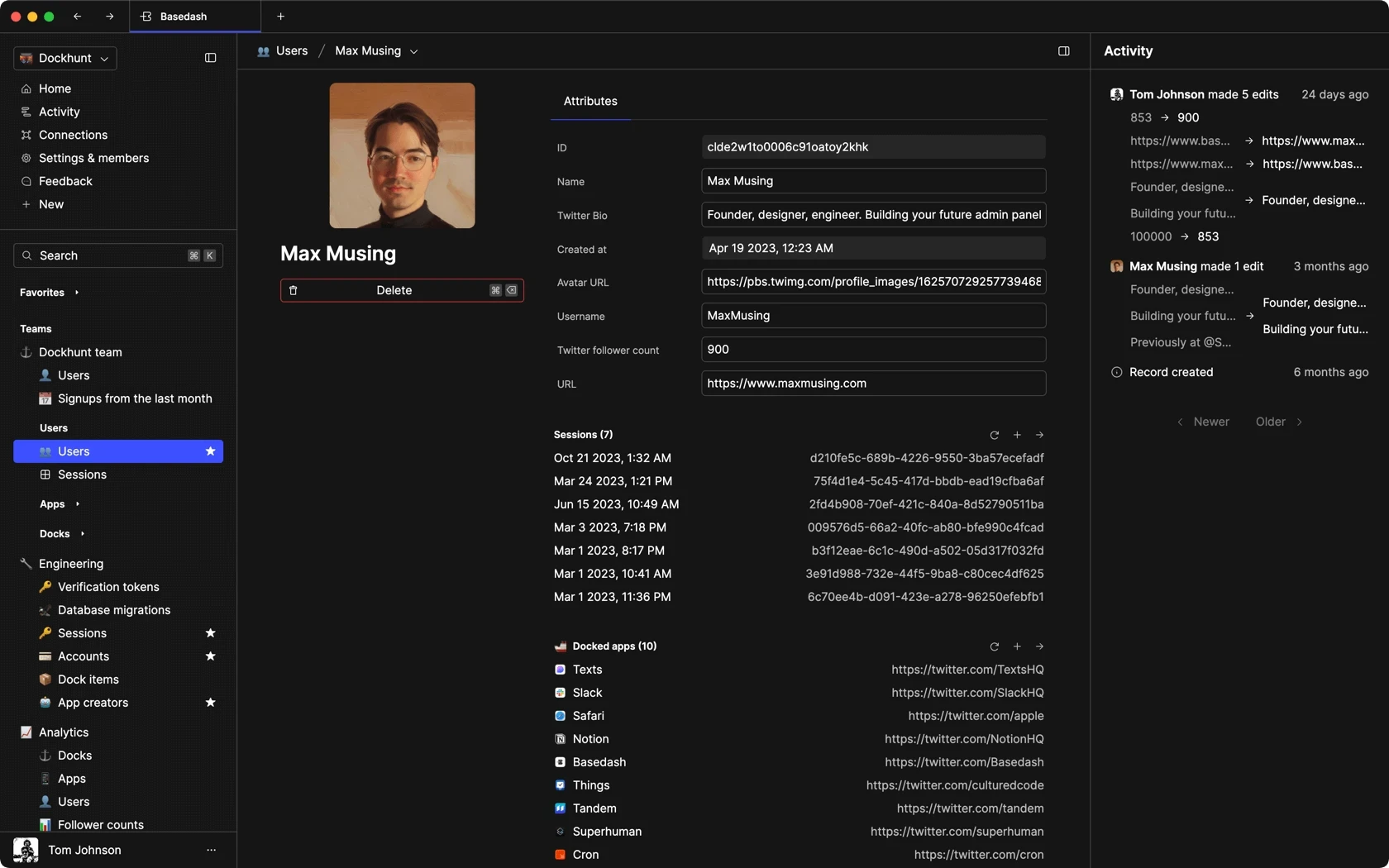
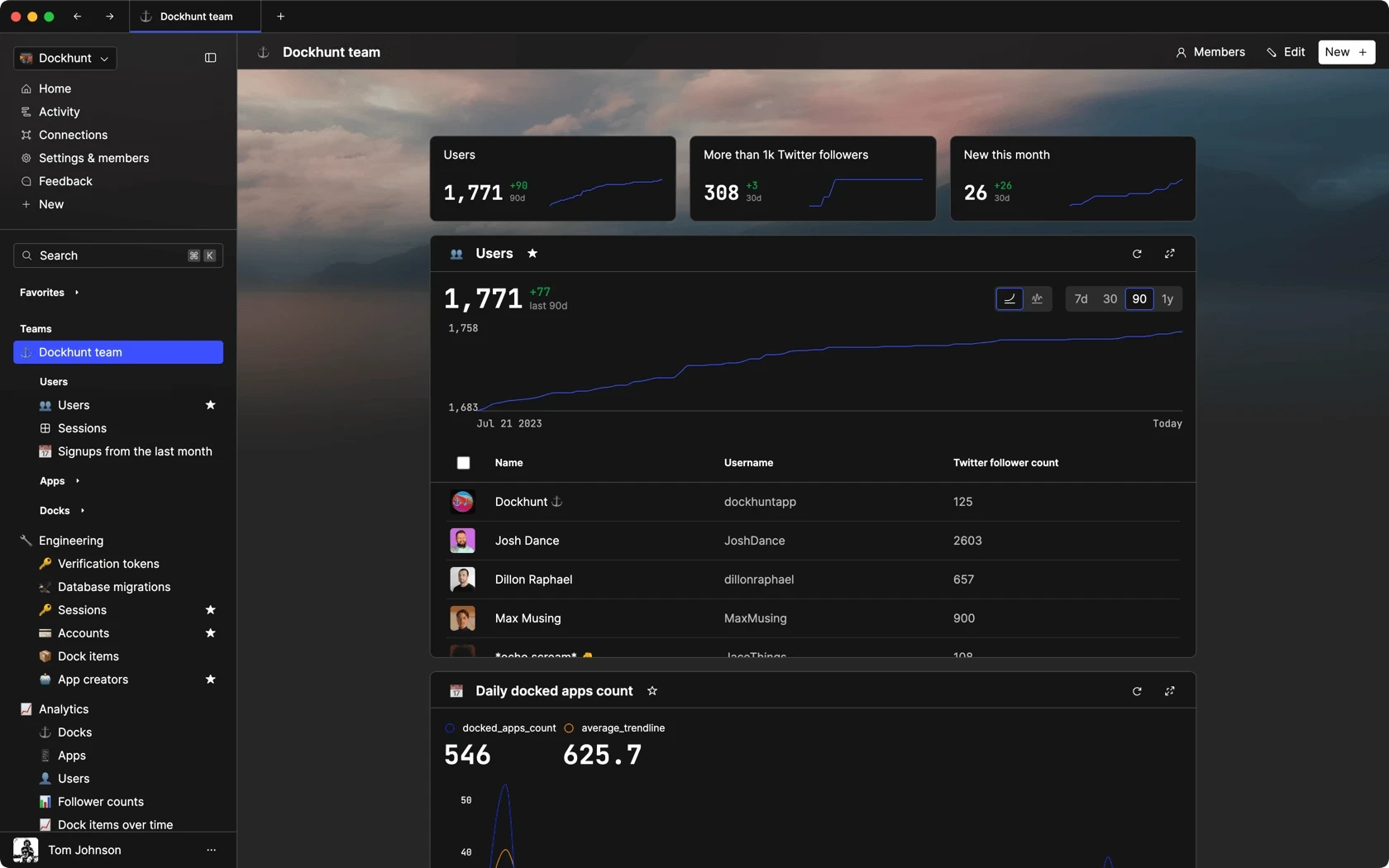
Dashboards and charts
Edit data, create records, oversee how your product is running without the need to build or manage custom software.
USER CRM
ADMIN PANEL
SQL COMPOSER WITH AI
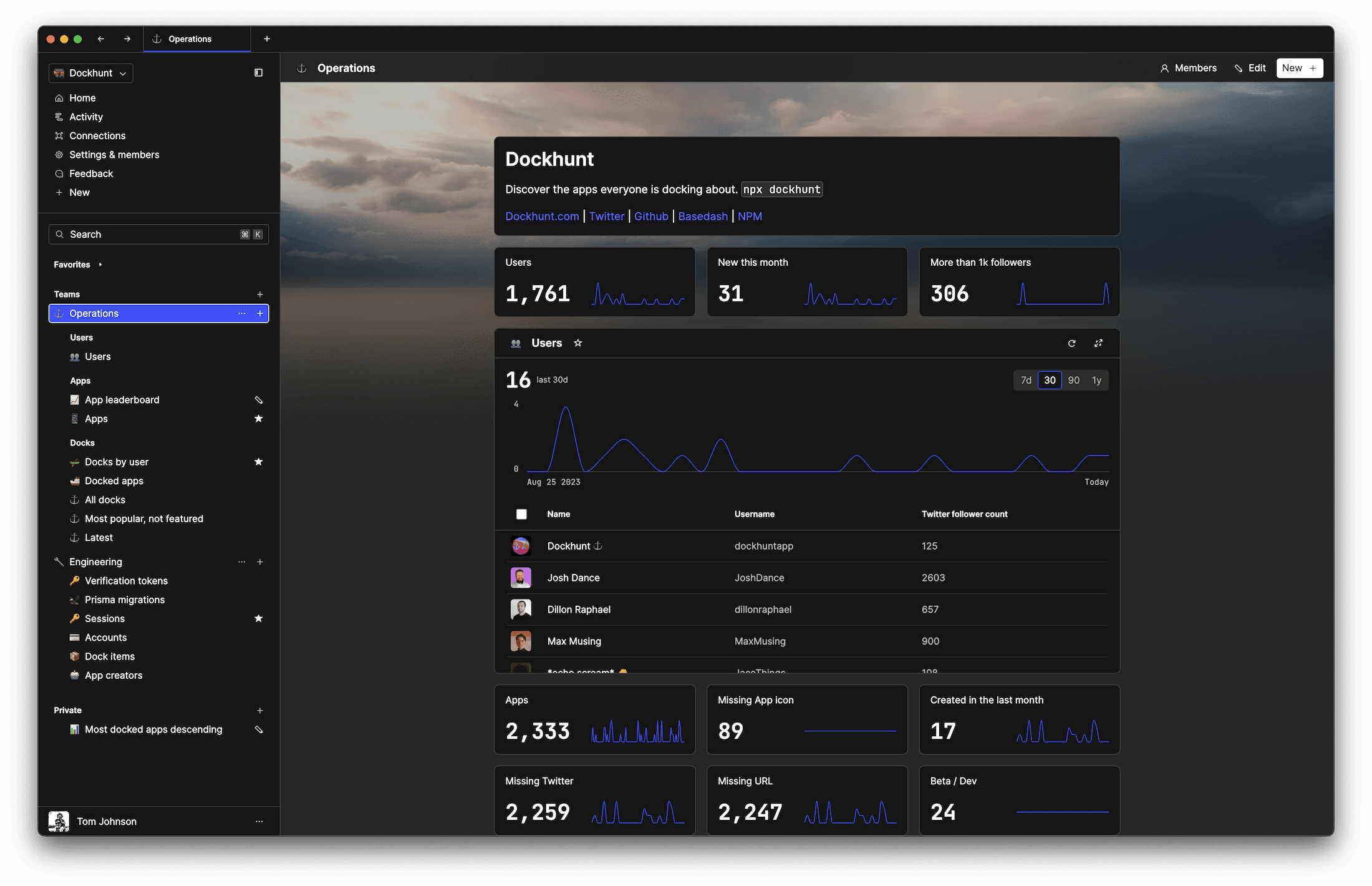
Related posts
Related posts
Related posts



How to Add Columns to MySQL Tables with ALTER TABLE
Robert Cooper



How to Add Columns to Your MySQL Table
Max Musing



Pivot Tables in MySQL
Robert Cooper



How to Rename a Table in MySQL
Max Musing



How to Optimize MySQL Tables for Better Performance
Robert Cooper



How to Display MySQL Table Schema: A Guide
Jeremy Sarchet
